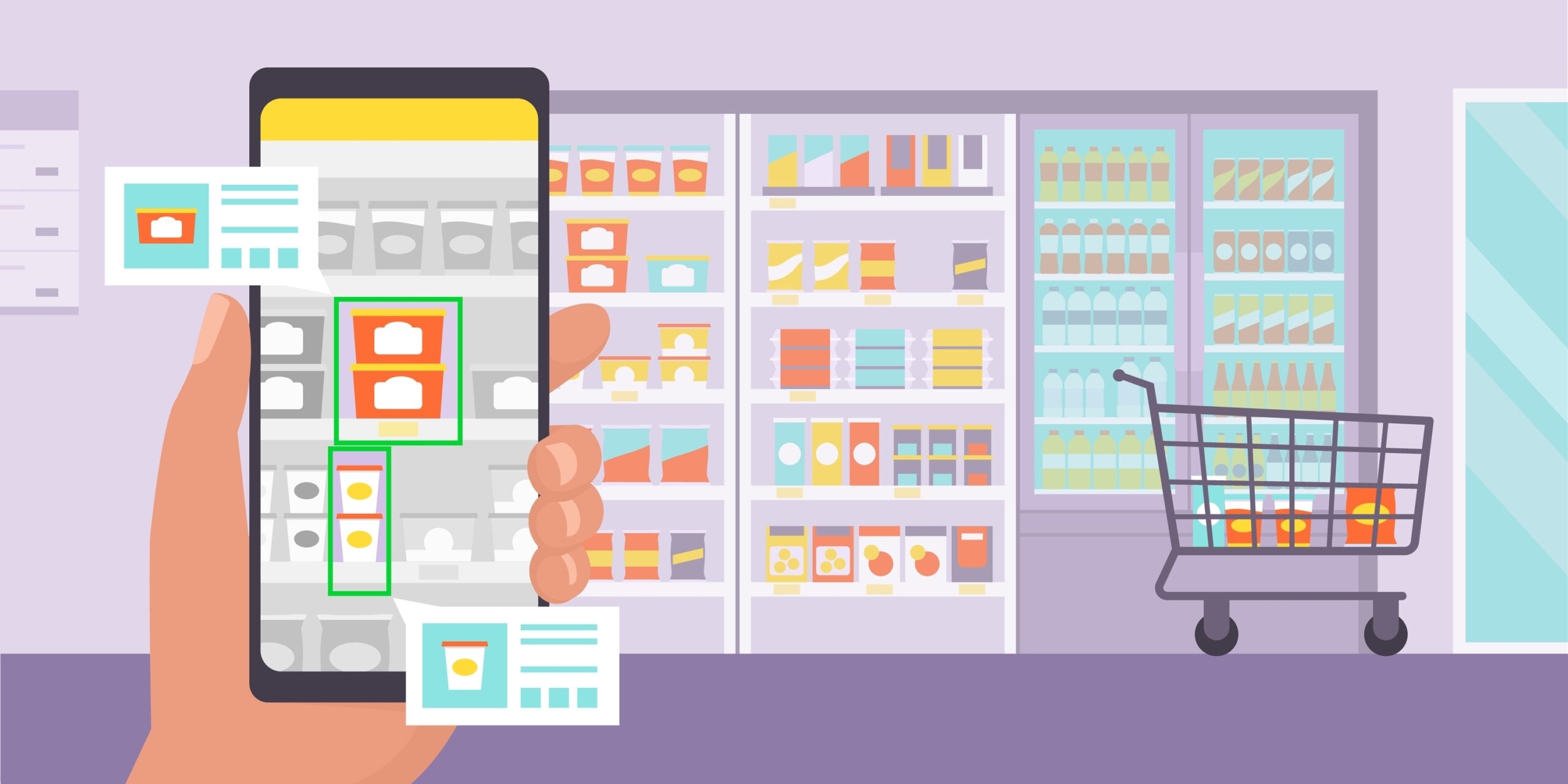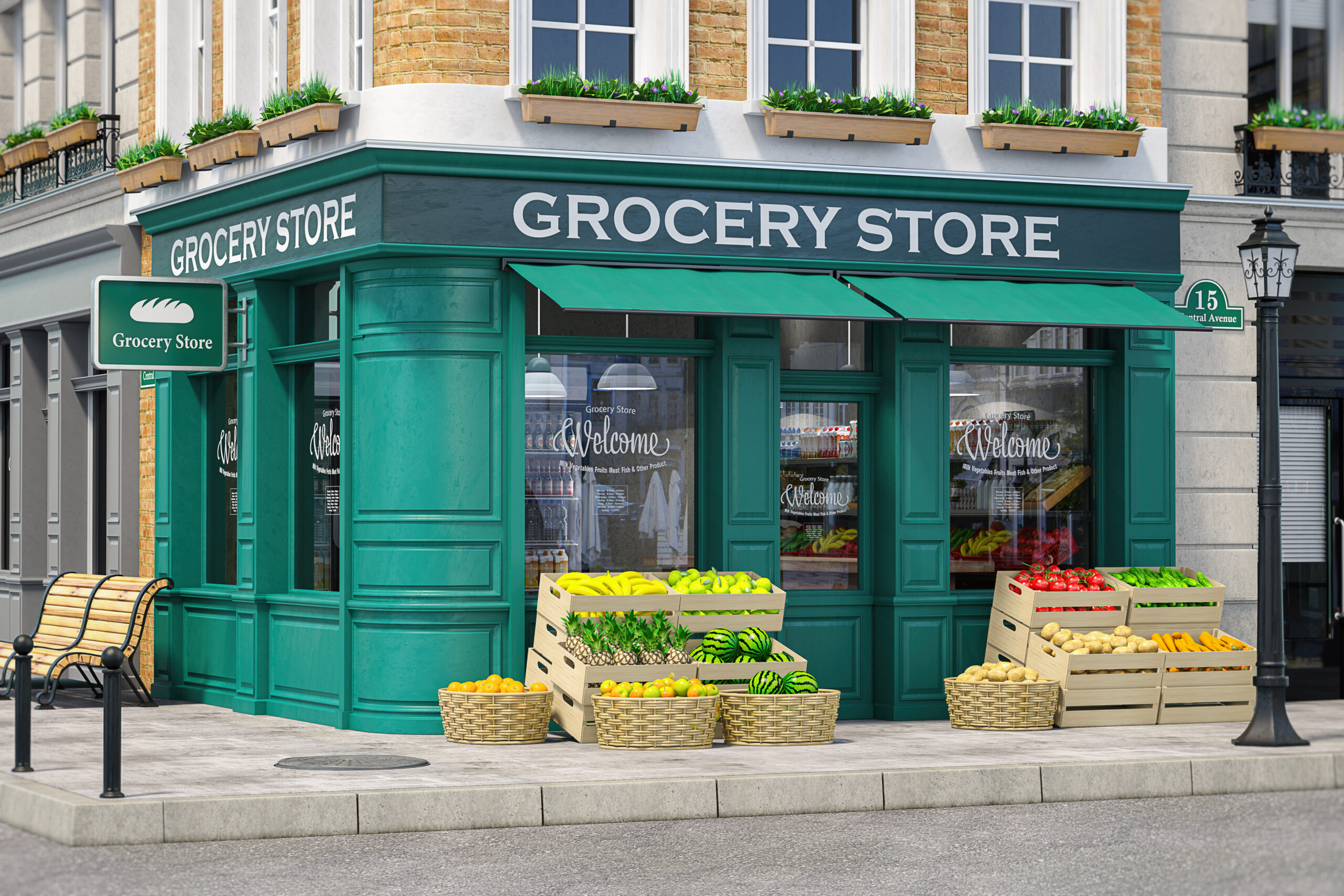It’s a popular adage that when it comes to in-store shopping, customers will purchase more if a store is set up for browsing—triggering new product awareness and impulse buys. We therefore often arrange our stores to highlight unexpected products and drive serendipitous discovery. This strategy might seem sound, but in a report by NRF, respondents reported being much more likely to be seeking to buy a certain item (73%) than to just be browsing (27%).
And we agree. Our insights and analytics powered by 3D simulations has proven time and again that ease of findability is key to in-store concept planning.
For example, an adult beverage client was grappling with a common shopper marketing problem: shoppers viewed their category as confusing. Their retailer partner chided not to worry – “If it takes shoppers a little longer to find a product, that just means they’ll have more opportunities to discover new things they would otherwise have not considered buying!”
Our client suspected differently, and they were right. By analyzing virtual shopping behavior, we learned that the more quickly shoppers could find their first product, the more likely they were to linger in the category and make additional purchases.
This equipped our client with the right argument to push retailers to make the category easier to shop.
Inspired by this finding, we sought to see if it applied across all categories. Leveraging our extensive archives of virtual store research data, we analyzed the behavioral patterns of 150,000 shoppers, across dozens of categories and spanning over 300 different store layouts. In doing so, we learned that, while holding category and total shopping time constant:
Every additional two minutes that a shopper takes to make his or her first purchase in a category reduces the final basket size by an entire product.
In other words, help your shopper save a minute finding the one thing they want, and they’ll purchase an extra half product on average. Extrapolate that over millions of shoppers, and the sales impact really adds up.

We’re busy people, and anything that saves us time is probably a good thing. Less than 15% of shopping missions last over 10 minutes. So you want to increase basket size? Make it easier to find that first product.
Make sure your shelves are clearly organized. A cluttered, confusing space makes it difficult for shoppers to find what they’re looking for, and in the end it will cause them to buy fewer products.
Focus on highlighting your top performers. Your most popular products are the ones shoppers will most likely be looking for. Help them find those easily, and they’ll stick around and fill their baskets with extra items.
Consider rationalizing SKUs. We tend to think that the more options we give our customers, the more products they’ll want to try out and buy. Yet variety can also be confusing, and you don’t want it to become an obstacle to finding that first key product. Remember, it’s a balancing act.
We should be taking a cue from e-commerce, and optimizing our stores for “search” behavior, instead of just “browsing” behavior. Virtual simulations can help brands do that quickly, with the data to back it up when presenting to retail partners.




